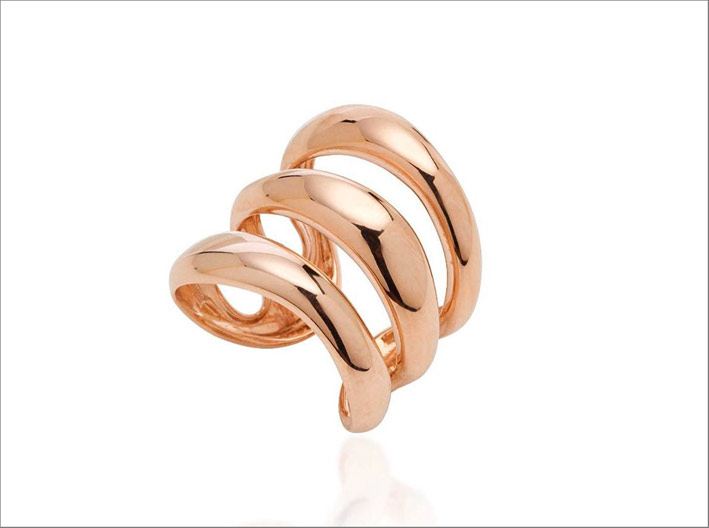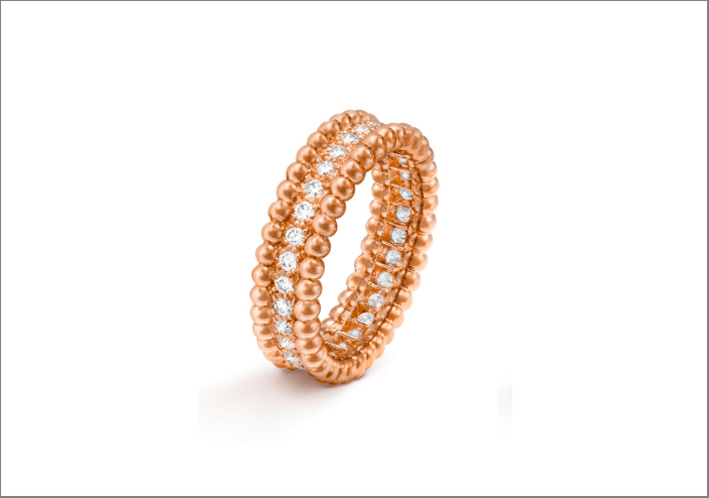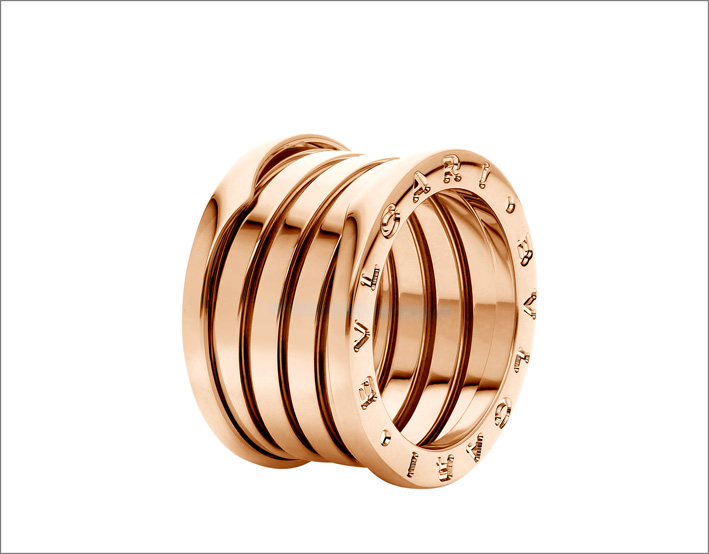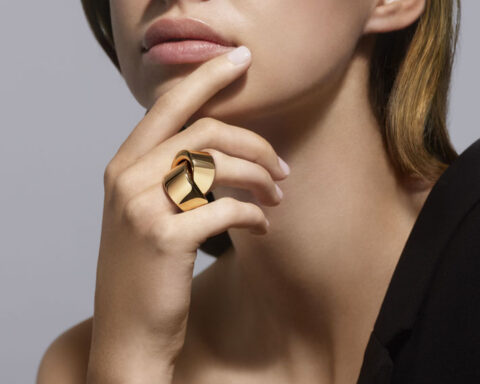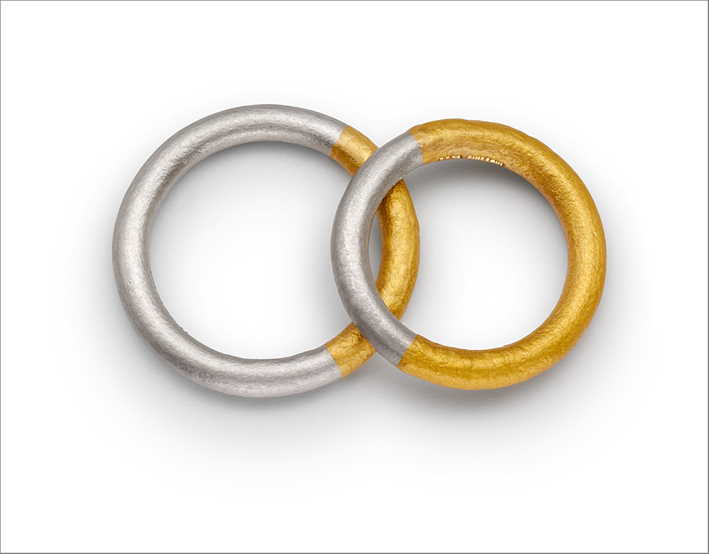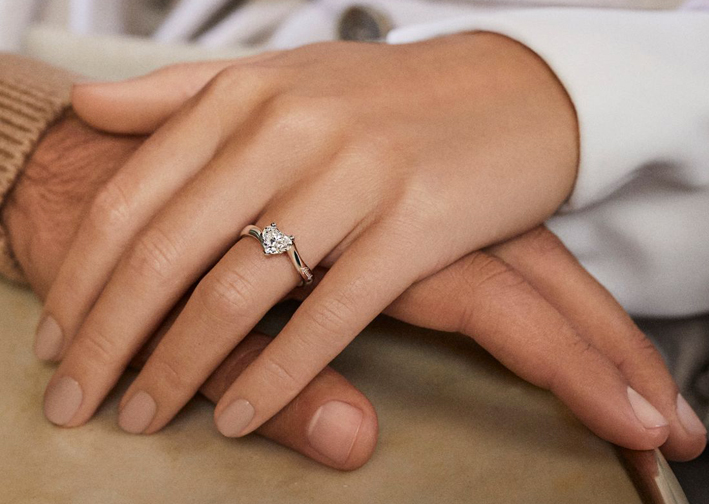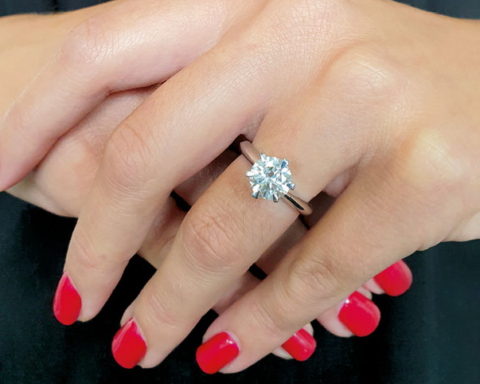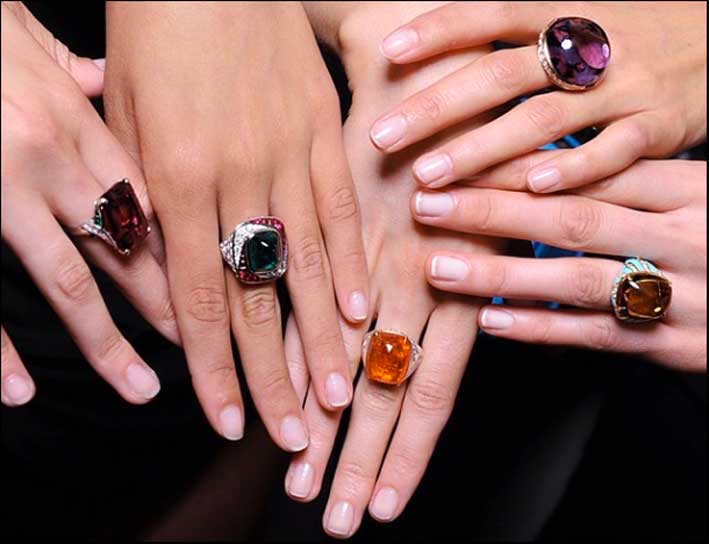Rose gold is trendy. But not everyone knows what rose gold really is and in which cases it is better to wear it. So here is everything you wanted to know about rose gold.

The composition of the rose gold. As we have explained here, the gold extracted from the earth, natural, is of an intense yellow color. All other gold colors are the result of the fusion of yellow gold with other metals. In particular, pink gold is an alloy consisting mainly of gold and copper, sometimes with the addition of a pinch of silver. The more copper is present in the alloy, the greater the color tending to red. Here are the percentages of rose gold composition:
18-carat red gold: 75% gold, 25% copper
18-carat rose gold: 75% gold, 22.25% copper, 2.75% silver
18-carat pink gold: 75% gold, 20% copper, 5% silver
12-carat red gold: 50% gold and 50% copper
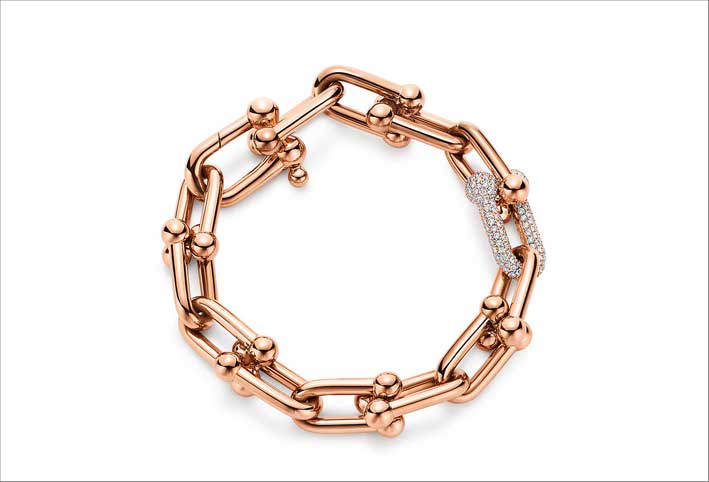
It should be added that in some cases even up to 15% zinc is added when copper is predominant. Zinc is used to change their gold color from red to dark yellow.
In the Middle East there is also 14 carat red gold, which contains 41.67% copper. There is also a rather rare version of 22 carat rose gold.

The history of rose gold. For a long time, rose gold has also been called Russian gold or red gold. And that’s because rose gold was very popular in Russia in the early nineteenth century.

The rose gold jewels. Back in fashion, pink gold is now used for almost every type of jewel. Even wedding rings, once offered only in yellow gold, are now also available in pink, as well as white, metal versions. There are, therefore, no contraindications for buying a jewel of this shade. But, even if the jewels are almost always subjected to a rhodium plating, which makes them shiny thanks to an invisible patina, be careful if you suffer from copper allergy. An allergy to copper, unfortunately, can cause itching, tickling, red face, chills, nausea, stomach problems. However, if you choose jewelry with 18-karat gold it will be more difficult to irritate the skin, since the copper contained in this alloy is scarce.
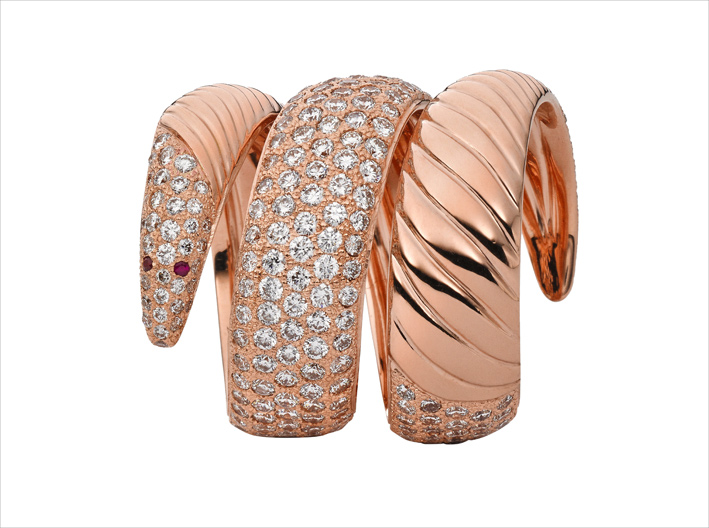
Wear rose gold. This shade of gold is the hottest and best stands out on tanned or Mediterranean-type skins. This does not mean that those with white skin should not wear rose gold jewelry, but only that those who have a warmer shade of the body will derive greater aesthetic benefit. Rose gold can be worn with any dress, but it will be better enhanced next to a blue, blue or green fabric. There are those who recommend choosing white gold jewelry for important ceremonies or anniversaries: but it is now an outdated custom, you can wear rose gold whenever you want.
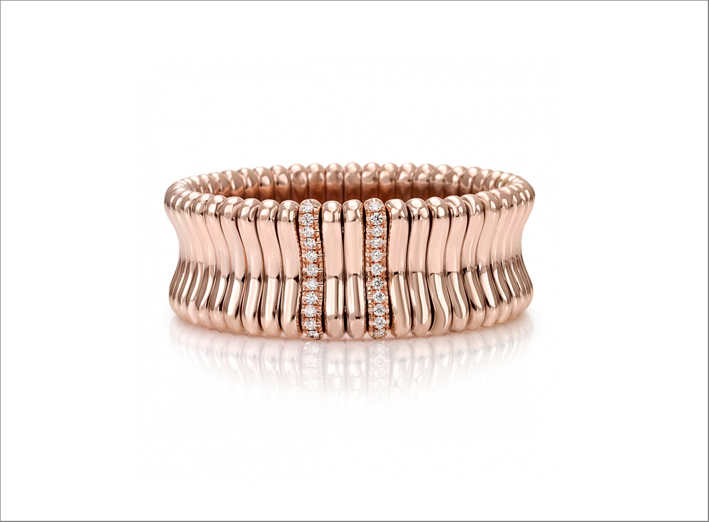
How do you clean rose gold?
The answer is easy: rose gold jewelry is as clean as yellow and white gold jewelry. Nothing changes: immerse the jewel (but be careful that it does not have delicate materials, such as pearls or opal) in warm water with a drop or two of liquid soap. Leave to soak for about ten minutes, then clean it with a soft-bristled toothbrush. Finally, rinse the jewel. If, however, the jewelry is not completely rose gold (for example, it is silver), but is only plated or coated with a thin layer, cleaning must be done more carefully, to avoid damaging the plating.
